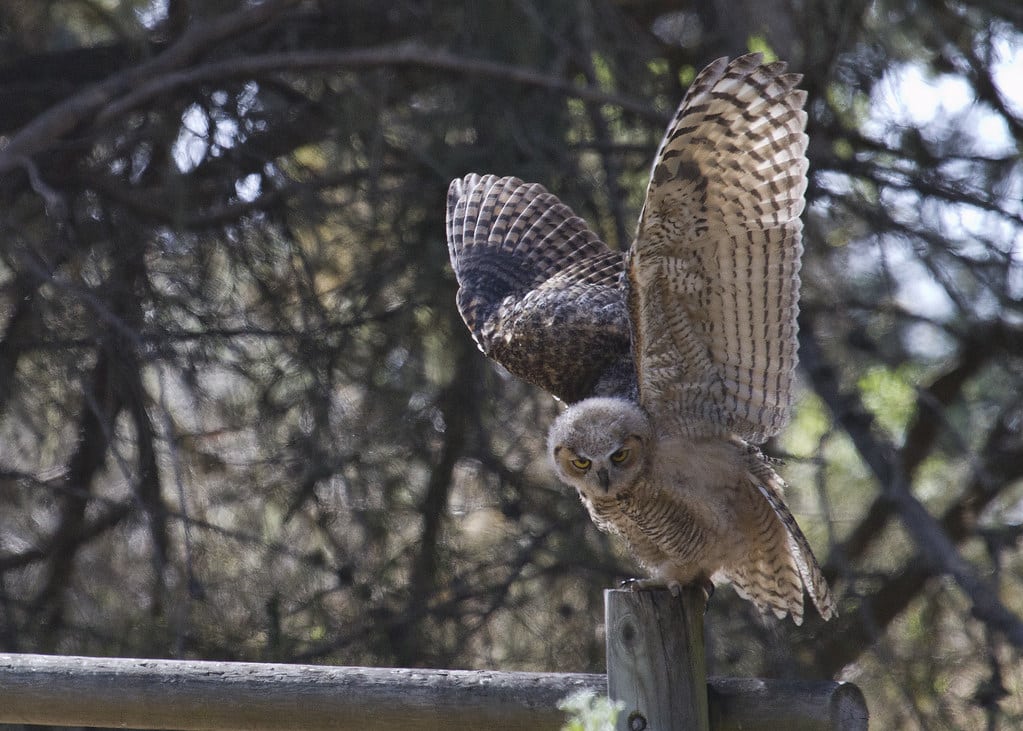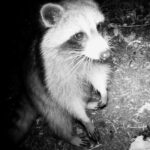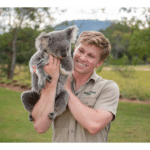Key Takeaways
- Use a telephoto lens to capture close-up photos while maintaining a safe distance.
- Understand and respect wildlife behavior to avoid causing them stress.
- Select a strategic location and use natural blinds for minimal disturbance.
- Employ camouflage and silent gear to blend into the environment.
- Practice patience; let the wildlife come to you for the best shots.

Embarking on a Silent Safari
So, you’ve got a passion for wildlife and a camera in hand, but how do you get those breathtaking close-up shots without causing a ruckus in the animal kingdom? Well, it’s all about blending in, understanding your furry or feathered friends, and a whole lot of patience. Let’s dive into the silent safari of close-up photography without turning into a wildlife party crasher.
Close-Up Photography Without The Chase
Getting up close and personal with wildlife through your lens is thrilling. But remember, the closer you are, the more likely you are to stress the animals out. And we don’t want that. Instead, we aim to capture their natural beauty without them even noticing we’re there.
Safety First: Yours and Theirs
Before we get into the nitty-gritty of gear and techniques, let’s talk safety. Not just for the critters, but for you too. Always keep a respectful distance. If an animal changes its behavior because of your presence, you’re too close. And let’s not forget about your safety – wild animals are unpredictable, so stay aware of your surroundings at all times.
The Stealthy Photographer’s Toolbox
Picking the Perfect Lens for Proximity
First up in our toolbox is choosing the right lens. A telephoto lens is your best friend here. It lets you zoom in on the action without stepping into the animal’s personal bubble. You’ll want something with at least 200mm, but if you can go longer, your shots will thank you for it.
Telephoto Triumphs
A longer lens not only brings you closer visually but also compresses the background, making your subject stand out more. This is great for those stunning portraits where the animal’s eyes seem to be staring right into your soul.
Stabilizing Your Shot
With great zoom comes great responsibility – to keep your camera steady, that is. A shaky hand means a blurry photo, so consider a tripod or a monopod to keep things sharp. And if you’re going handheld, remember the golden rule: your shutter speed should be at least the reciprocal of your lens’s focal length.
Carrying the Right Camera Gear
Now, having a big lens poking out can be a bit conspicuous, so let’s talk about keeping your gear (and yourself) under wraps.
Blending In with Camouflage
Camouflage isn’t just for the military. It’s a wildlife photographer’s secret weapon. Camo covers for your gear, and clothing can help you melt into the background. Just make sure it’s appropriate for the environment – neon green camo won’t do you any favors in a brown forest.
Quiet on Set: Silencing Gear and Movements
Wildlife have keen ears, so the sound of your camera’s shutter can be like a dinner bell – or an alarm. Opt for cameras with a silent or quiet mode. And when you move, do it slooowly. Fast movements can startle animals, so channel your inner sloth and take it easy.
The Waiting Game: Maximizing Location
Choosing the right spot is a game-changer in wildlife photography. It’s not just about finding a picturesque setting; it’s about anticipating where animals will be and when. It’s a waiting game that requires both knowledge and patience.
Once you’ve picked a spot, settle in. You’re going to be here a while, so make yourself comfortable. Keep movements to a minimum and avoid any noise. You’re a part of the landscape now, an invisible observer waiting for that perfect shot.
Home Turf Advantage: Understanding Animal Habits
Animals are creatures of habit. They follow paths, visit watering holes, and return to favorite resting spots. By understanding these patterns, you can position yourself strategically. Research your subject’s behavior, or talk to local experts or guides who can give you the inside scoop.
Hide and Seek: Using Natural Blinds
Getting close without being seen is the key. Natural blinds—like bushes, trees, or even dips in the terrain—can conceal your presence. If you’re using a hide or blind, set it up in advance so animals get used to it. And remember, it’s not just about hiding yourself; your gear should be out of sight too.
- Choose a location with a clear view of where animals are likely to appear.
- Use natural features to hide yourself and your equipment.
- Stay still and quiet, minimizing your presence.
Patience is your best tool here. You might wait hours for a moment that lasts seconds, but that’s the beauty of it. When the moment comes, you’ll be ready.
And don’t forget, the more time you spend in one spot, the more you learn about it. You’ll start to notice the little things, the nuances of the environment, and the behavior of its inhabitants. This knowledge is invaluable for wildlife photography.
Remember, the best shots often come to those who wait.
Light and Wind: Elements of Surprise
Light and wind aren’t just elements; they’re tools. The right light can turn a good photo into a masterpiece, and the wind can either give you away or cover your approach. Use them wisely.
Natural Lighting for Natural Shots
Early morning or late afternoon—the golden hours—offer the best natural lighting for photography. The low angle of the sun provides a warm, diffused light that flatters wildlife and adds depth to your photos.
Upwind Approaches: Staying Undetected
Animals rely on their sense of smell to detect danger. Always approach from upwind, so your scent doesn’t give you away. And if the wind changes, be ready to adjust your position accordingly.
But what about those overcast days, you ask? Well, they’re not deal-breakers. Overcast skies provide even lighting that can reduce harsh shadows and highlight details in an animal’s fur or feathers. It’s all about working with what Mother Nature gives you.
As for wind, it’s not just about staying scent-free. Wind can mask the sound of your movements, allowing you to reposition or even get a little closer without being noticed. But be careful—if the branches are rustling and leaves are swirling, it might be harder for you to spot animals, and for them to spot you.
Example: On a breezy day, I once watched a fox hunt in a field. It was so focused on the rustling grass, it didn’t notice me. I managed to get some incredible shots because the wind was on my side.
Becoming One with the Wild
Wildlife photography isn’t just about taking pictures. It’s about becoming a part of the environment you’re in. The more you blend in, the more you’ll see. And the more you see, the better your photos will be.
Reading Animal Body Language
Animals speak volumes without making a sound. Their body language tells you if they’re relaxed, alert, or stressed. Learning to read these cues is crucial. It tells you when to snap the shutter and when to back off.
Subtle Signs of Distress
Watch for signs like a change in posture, increased vocalization, or sudden movements. These can indicate that an animal is uncomfortable. If you notice any of these signs, give the animal space. The last thing you want is to stress them out for the sake of a photo.
Respecting Wildlife Boundaries
There’s an invisible line in the wild, a boundary of respect between humans and animals. Crossing it can have consequences—for them and for you. So keep your distance, use your zoom, and remember that no photo is worth crossing that line.
Practicing the Art of Patience
Great wildlife shots are born from patience. Sometimes, the animal you’re hoping to photograph might not show, or the lighting isn’t right. That’s okay. Each trip into the wild is a learning experience, and every hour spent is an investment in your craft.
Wildlife photography is a waiting game, but it’s also a game of readiness. Be patient, be prepared, and when the moment arrives, you’ll know. And that’s when you take the shot that captures the essence of the wild, the shot that tells a story without words.
So, the next time you head out with your camera, remember these tips. Blend in, understand your subject, use the elements to your advantage, and above all, be patient. The wild is waiting for you, and it has stories to tell. Are you ready to capture them?
Letting Wildlife Come to You
Patience isn’t just a virtue; it’s the wildlife photographer’s superpower. Instead of chasing after your subjects, let them come to you. By staying put and becoming part of the environment, you invite wildlife into your space on their terms. This approach not only respects their natural behavior but often results in more intimate and authentic shots.
Remember, animals are curious by nature. If you’re part of the landscape and not a threat, they might just wander closer to investigate. That’s your chance to capture those stunning, close-up photos without any disturbance. So, set up, stay still, and let the magic happen.
Wildlife Through the Lens: Ethical Close-Ups
Let’s answer some common questions about wildlife photography to help you on your journey to capturing those stunning, ethical close-up shots.
Q: What’s the best time of day for wildlife photography?
A: The golden hours, shortly after sunrise and before sunset, provide soft, warm light that’s ideal for photography. However, some animals are more active during different times, so it’s also important to understand your subject’s behavior.
Q: How do I find good locations for wildlife photography?
A: Research is key. Look for wildlife reserves, parks, and natural habitats. Talk to local experts, join wildlife photography groups, and use tools like eBird to track animal sightings. Always be respectful of the environment and follow any guidelines or regulations.
Q: How can I practice ethical wildlife photography?
A: Keep a safe distance, use a telephoto lens, and avoid disturbing the animals. Be patient and let the wildlife come to you. Always prioritize the animal’s welfare over getting the shot.
By following these guidelines and respecting the natural world, we can enjoy the art of wildlife photography without causing harm. So grab your gear, head out into the wild, and let the adventure begin!




